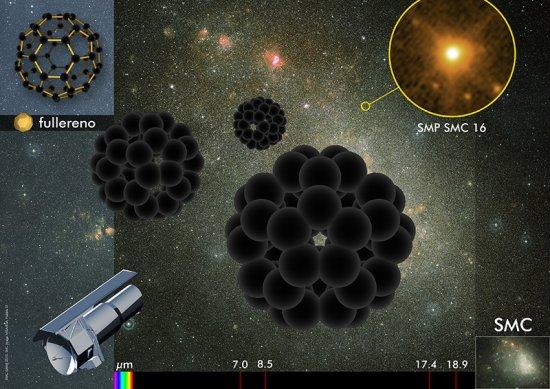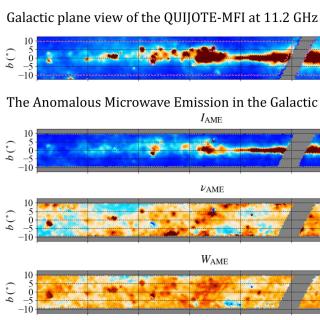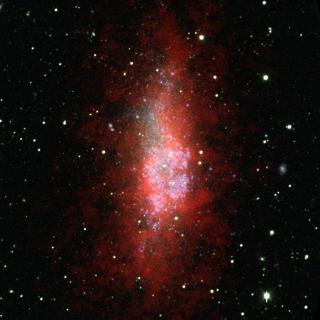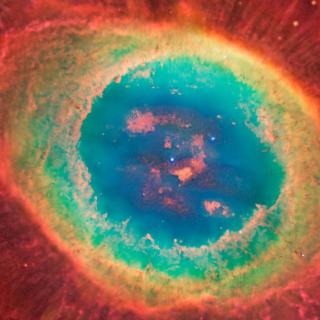Thanks to the NASA’s Spitzer Space Telescope, bucket loads of large carbon molecules, the so-called fullerenes (C60), have been found around dying stars in the Milky Way and in a nearby galaxy. The fullerenes – the biggest molecules known in space – have been detected accompanied by large concentrations of hydrogen, contradicting the actual theories and the laboratory experiments, which show that fullerene formation is strongly inhibited by hydrogen. It turns out that fullerenes are much more common and abundant in the Universe than initially thought, because these molecules have been detected around common stars, like our sun, toward the end of their lifes – the so-called planetary nebulae. In addition, this discovery can help in the identification of the carriers of the so-called diffuse interstellar bands; a long-standing problem in the interstellar medium.
The new observations have important implications on the formation mechanism and the chemistry of these big organic molecules. In addition, the detection of fullerenes in a planetary nebula of the Small Magellanic Cloud represents the first extragalactic detection of these molecules and has permitted an accurate estimation of the fullerenes abundance in space.
Fullerenes are highly stable and very resistant molecules, which could carry other interesting molecules. Indeed, fullerenes have been found in meteorites carrying extraterrestial gases, with important implications on the origin of life on earth. These molecules were synthesized in laboratory by Prof. Harold Kroto and Rychard Smalley – who received the 1996 Nobel Prize in Chemistry due to this discovery - 25 years ago. In addition, fullerenes are relevant for technology research. They have potential applications in superconductor materials, optical devices, medicines, etc.



